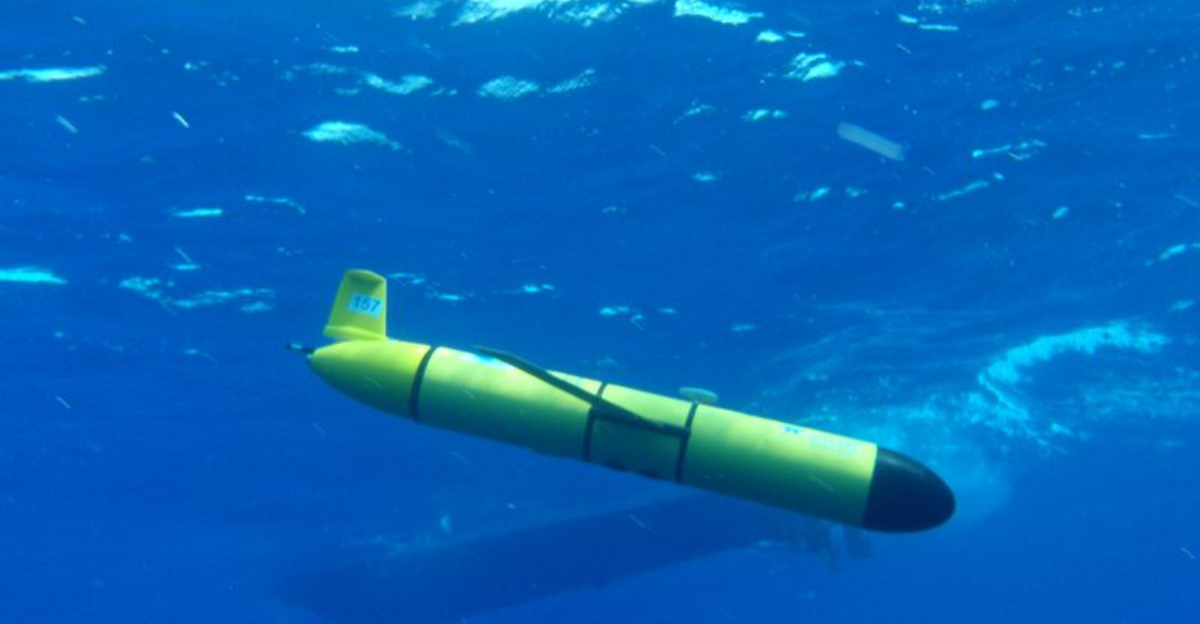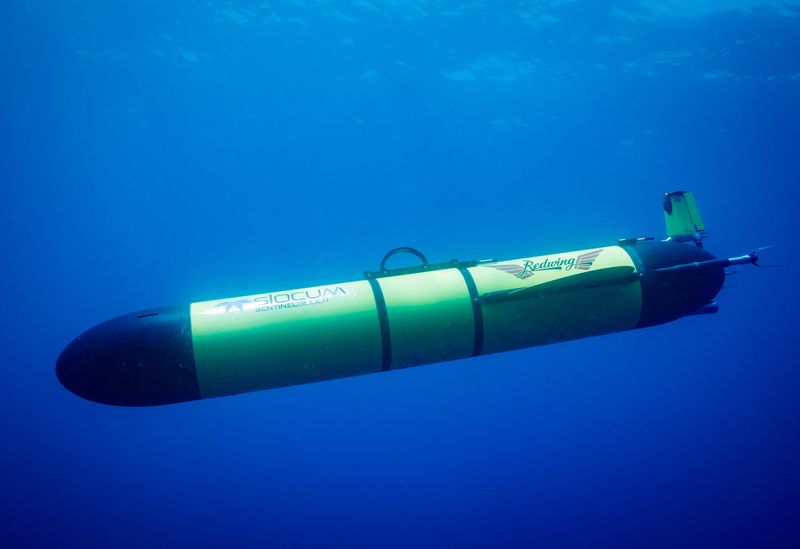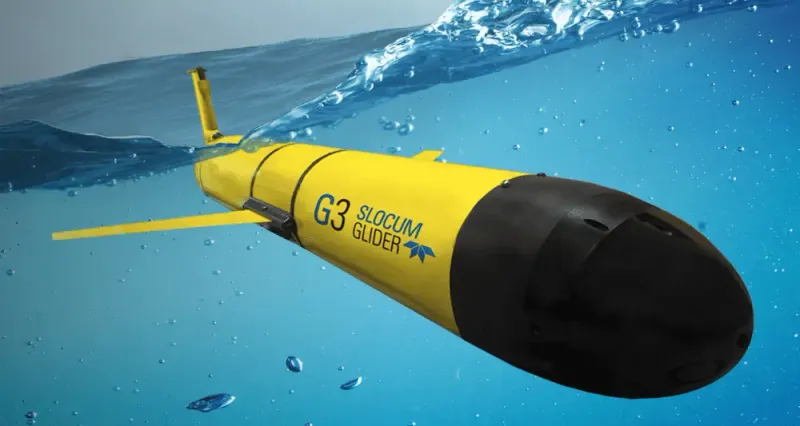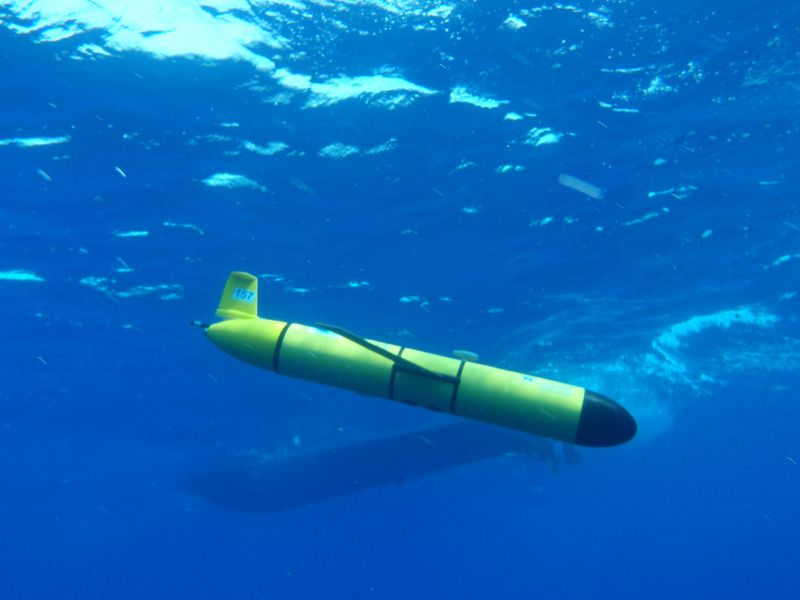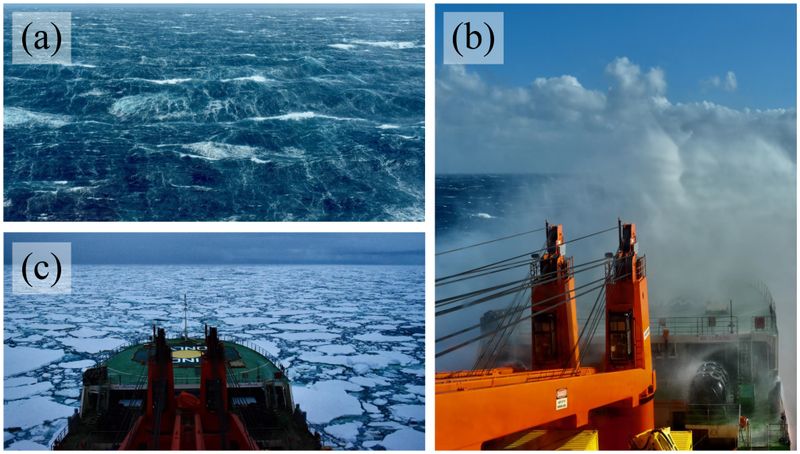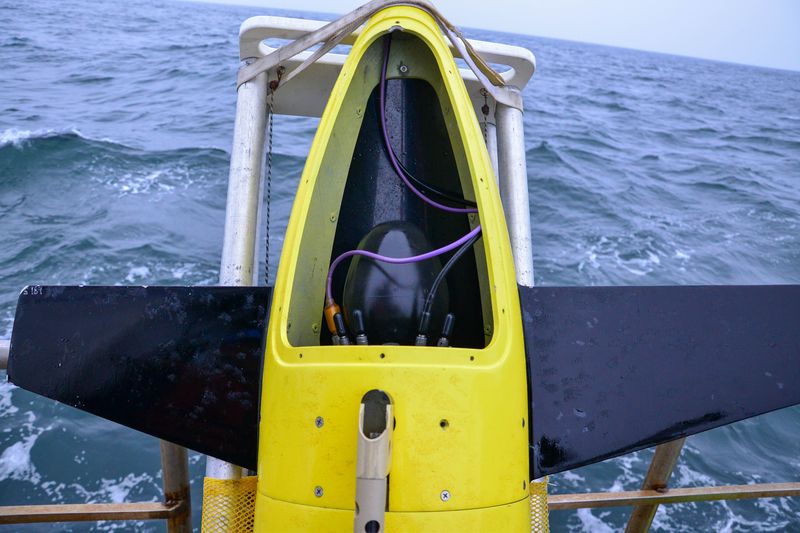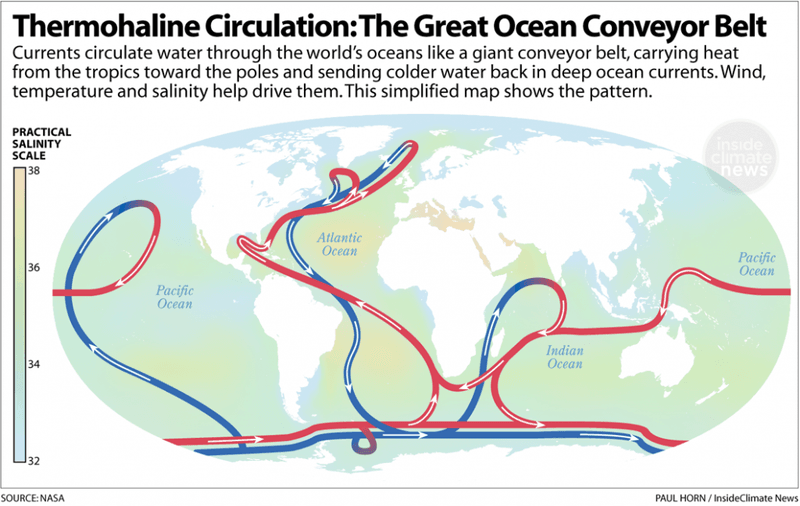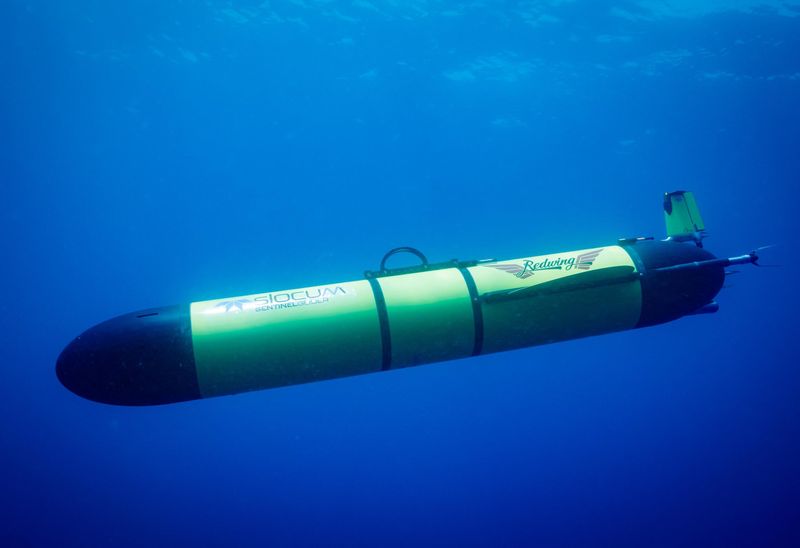Picture a robot that glides silently through the ocean without a motor, traveling around the entire world for five years straight. That’s exactly what Redwing, an amazing underwater glider, is doing right now. This incredible machine left Massachusetts in October 2025 to circle the globe beneath the waves, collecting important information about our oceans while teaching students everywhere about marine science. It’s one of the coolest ocean adventures ever attempted, and it’s changing how we explore the mysterious depths of our planet.
Launching a Five-Year Ocean Odyssey
October 10, 2025, marked a historic moment when Redwing splashed into the Atlantic Ocean, beginning its solo journey around Earth. Engineers designed this unmanned vehicle to travel roughly 73,000 kilometers over five years without ever needing a pit stop. Unlike traditional submarines with noisy propellers, Redwing moves by changing its buoyancy—rising and sinking gracefully through the water like a bird soaring on wind currents.
The route is nothing short of spectacular. First, Redwing catches the Gulf Stream toward the Canary Islands, then heads south around Africa’s tip. From there, it crosses the vast Indian Ocean, enters the Pacific, and battles through the wild Antarctic Circumpolar Current before finally returning home.
This mission represents a bold new chapter in ocean exploration. It combines cutting-edge robotics with energy-smart engineering, proving that machines can go where humans cannot for extended periods.
Technology and Mission Goals
What makes Redwing truly special is its clever propulsion system. Built by Teledyne Marine with help from Rutgers University, this Slocum Sentinel Glider doesn’t rely on spinning propellers that drain batteries quickly. Instead, it uses a wax reservoir that melts and solidifies, compressing air to make the glider rise and sink through ocean layers. This genius design lets it ride natural currents almost effortlessly.
When extra power is needed, dual thrusters kick in for precise maneuvering. Onboard sensors constantly measure water temperature, saltiness, depth, and even track tagged fish swimming nearby. Every 8-12 hours, Redwing surfaces briefly to beam all this data to satellites orbiting overhead.
The mission aims for more than just setting distance records. Scientists want to gather ocean information at a scale never achieved before, creating a treasure trove of knowledge about our planet’s watery heart.
Ocean Science Meets Education
Redwing isn’t just a robot—it’s a floating classroom accessible to students worldwide. Hundreds of undergraduates and researchers can tap into live data streams as the glider crosses major ocean currents and climate-sensitive regions. This transforms abstract textbook lessons into thrilling real-world discoveries happening right now.
The onboard sensors help improve predictions for hurricane formation, a topic that affects millions of coastal residents. Scientists also track marine animal migrations, watching how creatures navigate the vast blue wilderness. Three-dimensional maps of ocean dynamics emerge from the data, revealing patterns invisible to surface observers.
Program leaders emphasize that education is just as important as research. Students analyze fresh information from remote corners of the globe, learning oceanography through hands-on experience. This approach builds ocean literacy while advancing science, proving that exploration and teaching can work beautifully together beneath the waves.
Risks, Realities, and Why It Matters
Adventure always comes with danger, and Redwing faces plenty. Fishing nets could snare it, busy shipping lanes threaten collisions, and violent storms churn the surface above. The Antarctic Circumpolar Current, one of Earth’s most powerful ocean rivers, will test the glider’s limits. Saltwater corrodes metal and electronics relentlessly, and there’s no repair crew available for emergency fixes.
Scientists admit the ocean remains wildly unpredictable despite extensive testing. Equipment can fail, currents can shift unexpectedly, and marine life might interfere. Yet the potential rewards justify these risks.
Better understanding of global ocean circulation helps us predict climate changes affecting everyone. Marine ecology insights could protect endangered species and fishing industries. The mission signals a major shift—from expensive research ships to silent machines exploring the unmapped depths, gathering knowledge that shapes our future relationship with the sea.
Engineering Marvel of Buoyancy-Driven Travel
Imagine moving through water without engines or fuel tanks—that’s the magic behind Redwing’s design. The secret lies in a simple but brilliant wax reservoir system. When the wax melts, it expands and compresses air inside the glider, making it denser so it sinks. When the wax solidifies again, the process reverses, causing the glider to rise naturally.
This yo-yo motion through different water depths allows Redwing to catch currents flowing in various directions, much like a sailboat tacking against the wind. The energy needed is minimal compared to traditional propellers, which means batteries last far longer. Small adjustments to buoyancy create forward glide, propelling the vehicle silently through the depths.
Engineers spent years perfecting this system for ultra-long missions. The result is a vehicle that can travel thousands of miles on battery power that would barely move a conventional submarine a fraction of that distance.
Mapping the Ocean’s Hidden Highways
Oceans aren’t just big pools of water—they’re networks of invisible highways carrying heat, nutrients, and marine life across the planet. Redwing’s journey follows these liquid roads, collecting data that reveals how they work. The Gulf Stream, for instance, acts like a conveyor belt moving warm tropical water toward Europe, affecting weather patterns for entire continents.
Understanding these currents helps scientists predict everything from hurricane intensity to fishing success. Temperature and salinity measurements at different depths create detailed three-dimensional pictures of ocean structure. These maps show where cold deep water rises to the surface, bringing nutrients that feed fish populations.
Climate change is altering these ancient patterns, potentially disrupting weather systems worldwide. Redwing’s continuous monitoring provides crucial evidence of these shifts, helping researchers build better climate models. The data collected during this five-year voyage could influence environmental policies and conservation efforts for decades to come.
The Future of Autonomous Ocean Exploration
Redwing represents just the beginning of a robotic revolution beneath the waves. As technology improves and costs drop, fleets of autonomous gliders could patrol the oceans continuously, creating a global monitoring network. Imagine hundreds of these silent observers gathering data from every corner of the sea, from tropical reefs to polar ice shelves.
Future versions might carry advanced sensors detecting pollution, tracking whale songs, or identifying new species. Some could work together like underwater drones, coordinating their movements to study large-scale phenomena. Others might dive deeper than ever before, reaching trenches where sunlight never penetrates.
The shift from expensive research vessels to affordable robots democratizes ocean science. Smaller universities and developing nations could deploy their own gliders, contributing to global knowledge. This mission proves that patient, persistent machines can accomplish what human expeditions cannot, opening vast underwater frontiers to exploration while keeping scientists safe on shore.
